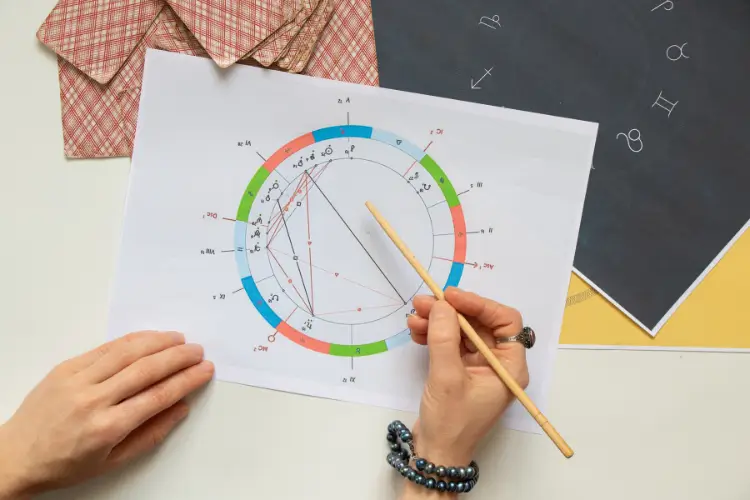So, you’ve just stepped into the world of golf, armed with your shiny new clubs and a burning desire to master the game. But as you gaze upon your collection of clubs, adorned with an array of numbers and letters, you can’t help but feel a twinge of confusion. Fear not, fellow golfer! Deciphering the golf club numbering system may seem like unraveling a cryptic code, but with a little guidance and perhaps some time spent with an indoor simulator, you’ll soon be speaking the language of golf like a seasoned pro.
Making Sense of the Numbers and Letters
If you’re scratching your head over the seemingly random assortment of numbers and letters on your golf clubs, you’re not alone. The golf club numbering system can be a bit perplexing, especially for beginners. Here’s a breakdown of what it all means:
1. Understanding Single-Digit Numbers: In most cases, single-digit numbers on golf clubs correspond to the club’s loft angle, which determines the trajectory and distance of your shots. For example, a #3 club typically has a lower loft angle and hits the ball farther, while a #9 club has a higher loft angle and produces shorter, higher shots.
2. Deciphering Double-Digit Numbers: Double-digit numbers on golf clubs often indicate the length of the club shaft, measured in inches. For instance, a #10 club may have a longer shaft than a #7 club, providing added leverage and distance on your shots.
3. Unraveling the Mystery of Letters: In addition to numbers, you may also encounter letters on your golf clubs, which can signify various features or characteristics. For example, the letter “P” may indicate a pitching wedge, “S” for sand wedge, or “H” for hybrid club.
Now that you have a basic understanding of the golf club numbering system, it’s time to put that knowledge into practice on the course. Here are a few tips to help beginners navigate the maze of numbers and letters on their golf clubs:
1. Take Advantage of Indoor Simulators: Indoor golf simulators provide an excellent opportunity to familiarize yourself with different clubs and their respective numbers. Use the simulator to experiment with various clubs, observe their performance, and gain a better understanding of how loft angles and shaft lengths affect your shots.
2. Seek Guidance from Professionals: Don’t hesitate to seek guidance from golf professionals or experienced players who can offer insights into club selection and usage. They can help demystify the numbering system and provide valuable tips to improve your game.
3. Experiment and Learn: As with any skill, mastering the art of club selection takes time and practice. Experiment with different clubs, pay attention to how they perform in different situations, and learn from your experiences on the course.
Conclusion: Cracking the Code of Golf Club Numbering
In the world of golf, understanding the numbering system of your clubs is like unlocking a treasure trove of knowledge and potential. By familiarizing yourself with the meanings behind the numbers and letters on your clubs, you can make informed decisions on the course, improve your game, and ultimately enjoy a more rewarding golfing experience. So, the next time you tee it up, take a closer look at your clubs, decode the numbers, and let your newfound understanding guide you to golfing greatness.




